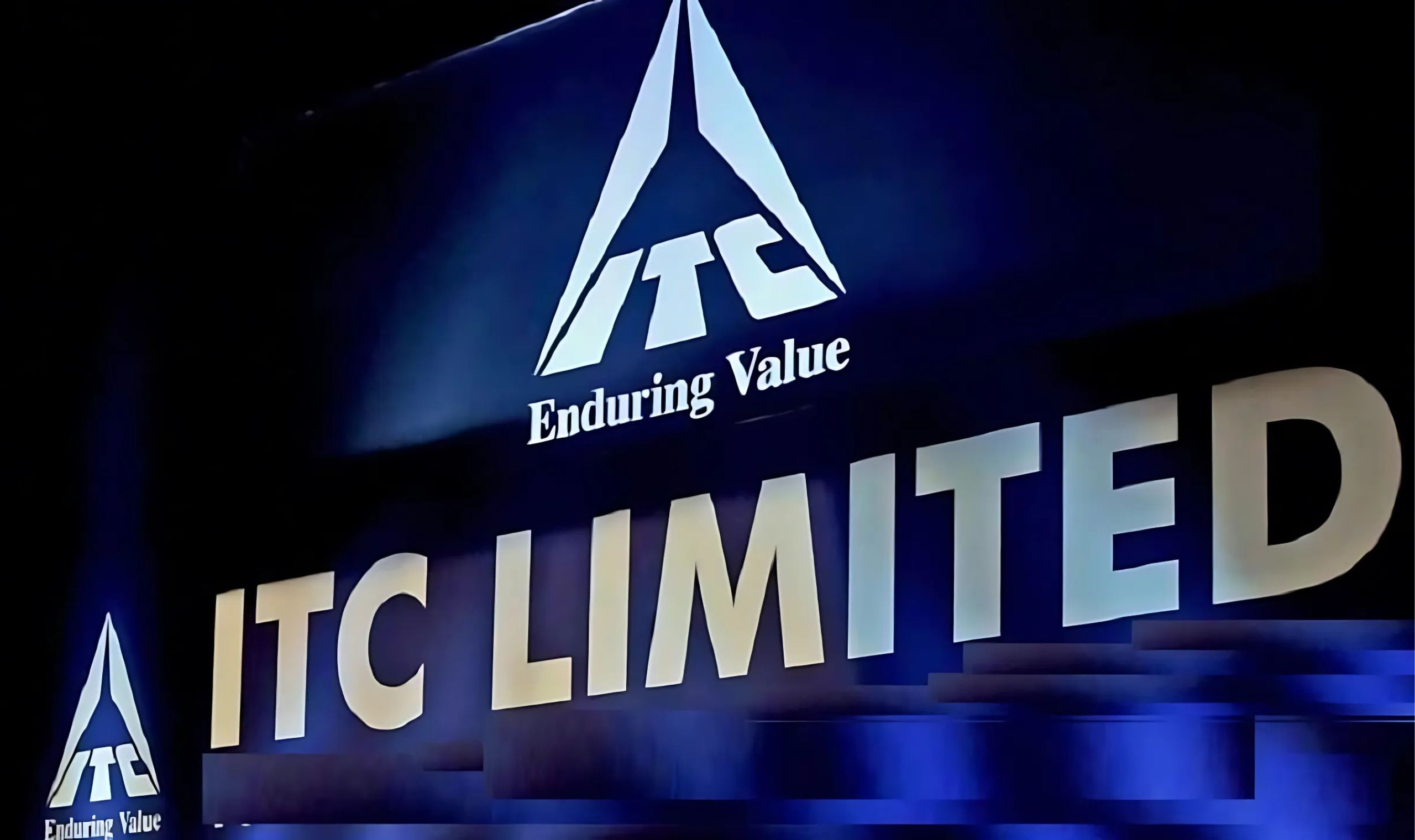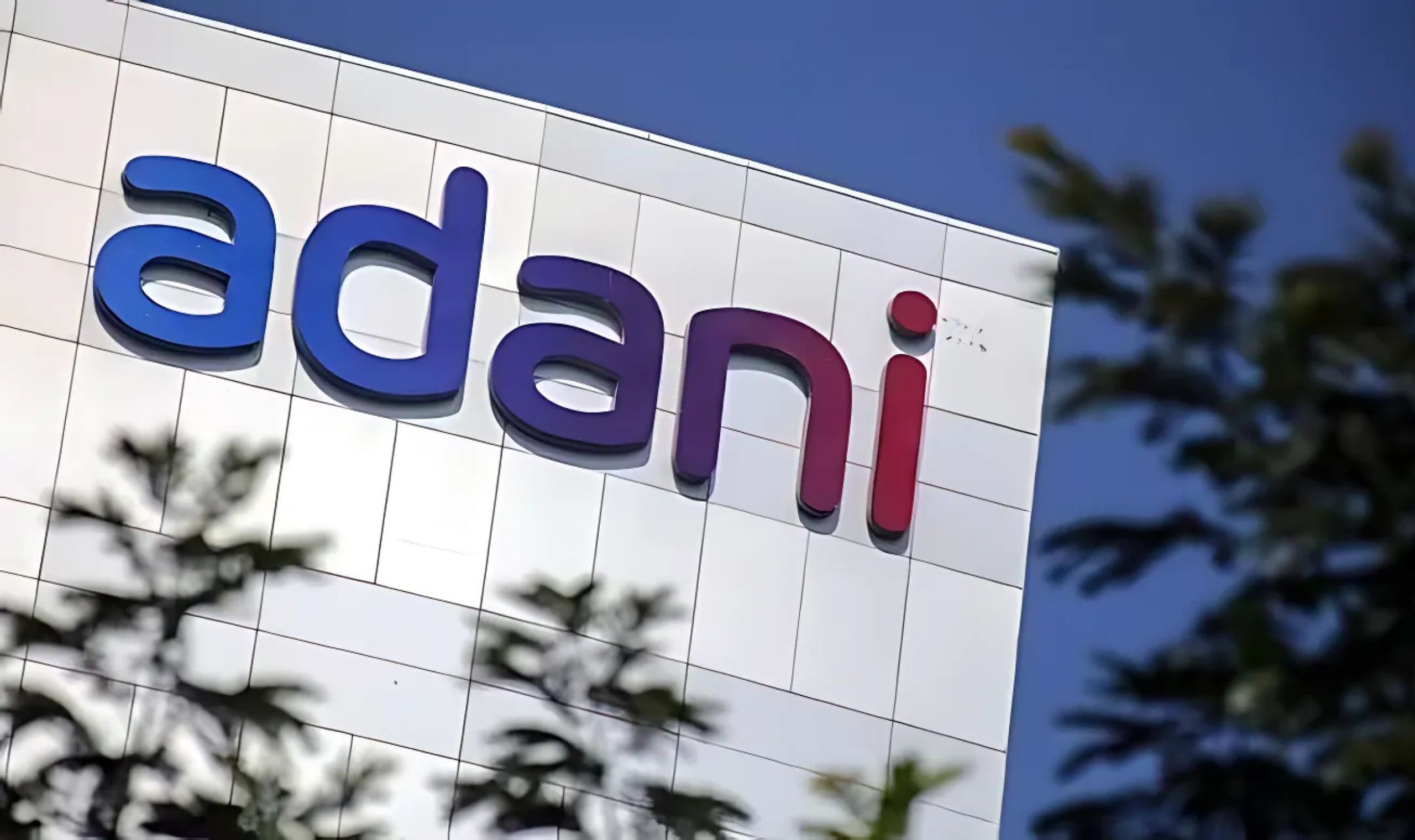Vodafone Idea, one of India’s leading telecom operators, saw its share price rally sharply on April 1, 2025, with shares jumping 20%. This was following a statement made by the Government of India to convert its receivables of Rs 36,950 crore into equity shares. This action resulted in a drastic change in Vodafone Idea’s ownership pattern with the government shareholding increasing to 48.99% from 22.6%. Besides the rise of Vodafone Idea, Indus Towers shares, an important constituent in the Indian telecom infrastructure segment, also rallied 7% due to the development.
This blog delves into the salient aspects of the development, the market response, and implications for Vodafone Idea’s future, and the Indian telecom industry at large.
1. The Government’s Move: Converting Dues into Equity
The move to convert outstanding spectrum dues into equity shares is a significant change in the financial profile of Vodafone Idea. As per the announcement, Vodafone Idea will issue 3,695 crore equity shares at Rs 10 per equity share. These shares will offset the spectrum dues, thus lessening the liabilities of the telecom operator to a great extent. The last closing price of Vodafone Idea shares at the time of announcement stood at Rs 6.8. So, the conversion is taking place at a premium to the prevailing market price.
The overall value of the conversion translates into a significant Rs 36,950 crore. The equity infusion not only enhances Vodafone Idea’s balance sheet but also changes its shareholding pattern. The shareholding of the Government of India in the company will go up from 22.6% to a controlling 48.99%, making it the biggest shareholder in Vodafone Idea.
Even with this ramp-up of government ownership, promoters of Vodafone Idea, already in control of the business as it is now, will continue to hold onto that control. This condition has been made clearer in the firm’s filings to ensure that management is still the status quo for the investors.
2. Why Is This a Big Deal for Vodafone Idea?
The conversion of dues to equity is a serious move towards simplifying Vodafone Idea’s capital burden. The long-term debt hassles of Vodafone Idea, exacerbated by the high expense of buying and retaining spectrum over the years, have been alleviated to some extent by this restructuring. The move provides relief upfront by cutting down the liabilities of the telecom company. Additionally, the debt haircut may open doors to new opportunities, including availing fresh capital for Vodafone Idea’s network expansion, such as the introduction of its 4G and 5G services.
The conversion is part of the government’s larger strategy to stabilize and support the Indian telecom sector. The move is also in line with the reforms introduced by the government in September 2021, under the Telecom Reforms Package. The package aimed at easing the financial pressures on telecom companies and ensuring the sustainability of the sector.
The Impact on Financials
Although the short-term benefit to Vodafone Idea’s balance sheet from the conversion is welcome, the company continues to face several challenges. The heavy debt burden, even with the recent conversion, will require Vodafone Idea to continue requiring further funding as the demand for data services continues to grow, especially with the market migrating to 5 G.
In addition, the firm has been facing subscriber losses and stiff competition from competitors such as Bharti Airtel and Reliance Jio. The constant battle to retain and expand its customer base continues to be one of the major challenges for Vodafone Idea.
a) Market Reaction: A 20% Jump in Share Price
The stock market responded positively to the announcement of the debt-to-equity conversion, and the shares of Vodafone Idea rose by up to 20% on April 1, 2025. The shares were at Rs 8.1 then, from Rs 6.8 the day before. This was fueled by the hope that the debt reduction would restore the financial stability of the company, making it a better investment opportunity.
This rally also indicates investor hopes for the future prospects of Vodafone Idea, particularly in light of the ongoing growth of the Indian telecom industry. The nation has one of the world’s biggest mobile subscriber bases, and with rising data consumption, the telecom industry is set to witness massive growthshortlye.
b) What Lies Ahead for Vodafone Idea?
Although the government’s conversion of dues into equity has enhanced Vodafone Idea’s finances, a few major issues are still present. One of the biggest concerns for the telecom firm is its ability to raise fresh capital for the expansion of the network. Indian telecom is at the cusp of a tech revolution, and the rollout of 5G services would be a big driver of growth in the years to come. The success of Vodafone Idea in grabbing a piece of this growth will hinge on its capacity to enhance its infrastructure and offer 5G services with competitive speeds and prices.
c) Subscriber Base Stabilization
Another challenge that faces Vodafone Idea is stabilizing its subscriber base. Over the last few years, the company experienced a decrease in its subscriber count, mainly attributed to the intense pricing practices executed by its counterparts, Reliance Jio and Bharti Airtel. For Vodafone Idea to outlast and progress in the stiff Indian telecom landscape, it would need to hold on to the current subscribers, as well as gain new subscribers.
The firm has made plans to invest in network upgrade and cheaper data plans. But whether these steps will be sufficient to reverse its subscriber base is yet to be seen.
d) AGR Dues
The AGR (Adjusted Gross Revenue) dues issue also continues to burden Vodafone Idea. Though the government has already given relief by converting part of the company’s debt into equity, the company still has huge liabilities in this respect. To date, there has been no indication of whether relief will be given on this score as well. The AGR dues settlement will be crucial for the company’s long-term financial health.
e) Indus Towers’ Role: A Ripple Effect
The government’s move to convert dues into equity also benefited shares of Indus Towers, which went up by 7% after the announcement. Indus Towers is a leading tower infrastructure company in India and plays a prominent role in the telecom sector. The good performance of Indus Towers stock is a reflection of investors’ hopes about the growth potential of the overall telecom space, which is indirectly linked with the success of entities like Vodafone Idea.
Indus Towers is a key player in the telecom ecosystem by offering the infrastructure needed for 4G and 5G networks. As Vodafone Idea invests in increasing its 5G capabilities, Indus Towers will gain from the rising demand for telecom infrastructure. This connection highlights the interdependence of the telecom ecosystem, where the success of one player can have a dramatic effect on others.
f) Global Insights: Telecom Reforms and Foreign Investors
The Indian telecom industry is gaining growing international attention, particularly after the introduction by the government of a series of reforms designed to lighten the financial load on operators. Foreign investors are keenly watching the industry, and the conversion of arrears into equity by Vodafone Idea has been viewed as a step in the direction of stabilizing the sector.
While challenges to the industry persist, including regulatory challenges and intense competition, long-term growth prospects are strong. As technology becomes more common with the emergence of 5G, telecom services will demand more, and Vodafone Idea’s market standing may greatly benefit if it emerges from the hurdles it is struggling with.
Conclusion: Vodafone Idea’s Path Forward
The government’s offer to convert Vodafone Idea’s dues into shares is a turning point in the company’s turnaround. The initial market response, with a 20% rise in share prices, is an indication of renewed investor optimism. Nonetheless, the company has a long way to go before it can overcome the challenges, such as raising funds for 5G rollout and stabilizing its subscriber base.
The Indian telecom industry is at a critical juncture with growing competition and regulatory issues. Yet, the government’s interest in the industry and the introduction of reforms to ease financial pressures present a strong platform for long-term growth.
The success of Vodafone Idea in leveraging these opportunities will, however, lie in its implementation of strategic plans and its capacity to sustain a competitive advantage in a more complex market. If all goes well, the company would be a major player in India’s telecom industry, and with the continued digitalization and expansion of 5G technology, the company stands to gain even more in the future.
The next few months will be important in shaping the direction of Vodafone Idea’s future, and investors will be keenly monitoring the progress of the company as it continues to navigate its challenges and unlock new growth opportunities.















0 Comments